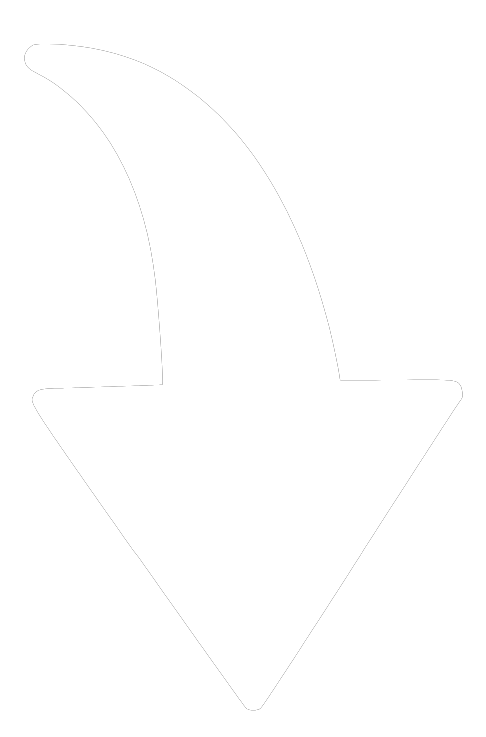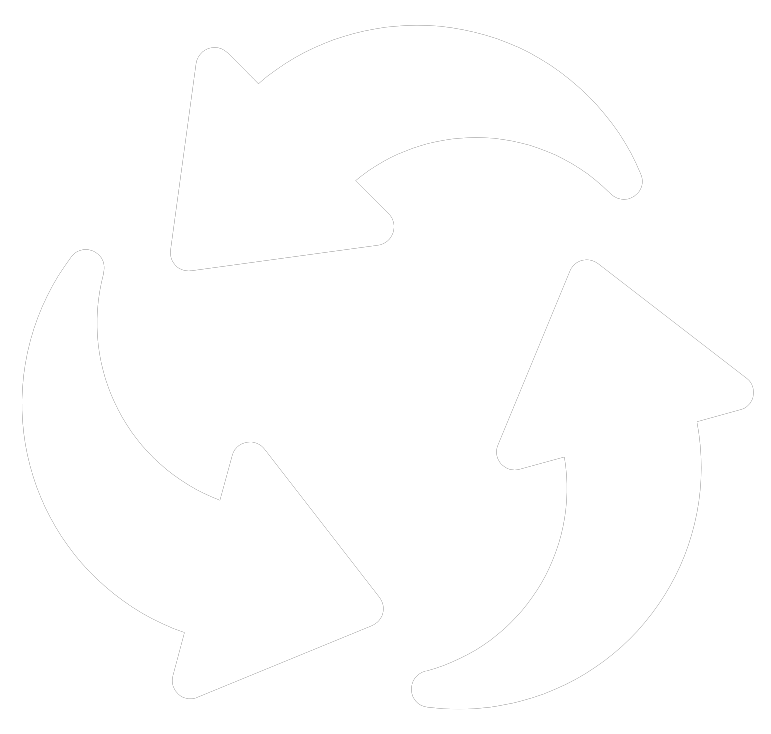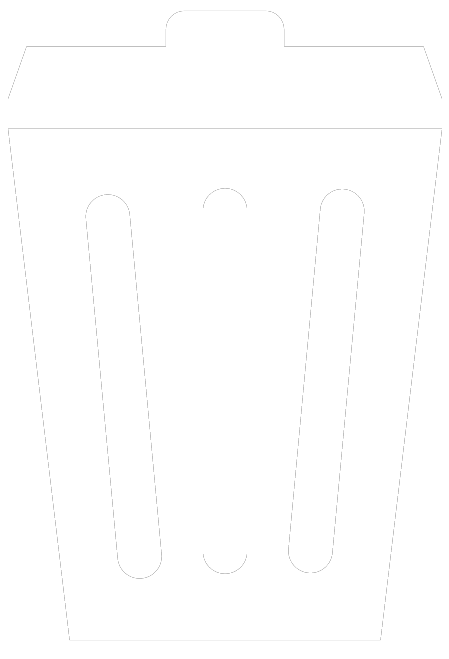Recyclable, recycled, reusable, compostable, biodegradable, oxo-degradable, degradable, disposable... So many terms to qualify a product's end of life, so many perspectives that can cause confusion. A better understanding of their distinctions and impacts, beyond perceptions, helps to organize our choices.
Reduce, reuse, recycle, recover and dispose: following this order, the further down the list we go, the greater the environmental impact is assumed to be.
The 3R-RD hierarchy helps distinguish and prioritize the end-of-life options for a product from an environmental responsibility perspective.
Reduce

Consume only what we really need.
Reuse

Reuse a product as much as possible, without modifying it or modifying it very little.
Recycle

Transform recovered materials by reintroducing them into the manufacturing cycle of new products.
Recover

Transform waste into energy or reusable materials, either organically or chemically.
Dispose

Dispose of waste by sending it to the landfill or to be incinerated.
Reduce and reuse: good first steps
At the top of the list: reduce. It goes without saying that responsible consumption requires avoiding wasting resources. Ultimately, the best waste is the kind we don't generate, which is why it's important to first ask ourselves how we can reduce it at the source.
If a product has to be manufactured, the logical and responsible course of action according to 3R-RD would be to reuse it as many times as possible. By exploiting a product's full potential through reuse, we divide its environmental impact and possibly reduce the use of new products.
Avoid disposal by favouring recycling and recovery
Still according to the 3R-RD concept, when reduction and reuse are not possible, recycling is preferable. This reality often affects the packaging which, notably for sanitation, preservation or logistical reasons, is more difficult to avoid or reuse.
A recyclable product has the potential to avoid disposal and become the raw material for a recycler to make a new product. This is one way to support the circular economy.
With its own recovery centres, Cascades supports the circular economy by recovering recyclable packaging it manufactures from its customers and returning it to its plants to be transformed into new products made from recycled materials.
Composting is a recovery option. It's a biological treatment process that enables the biodegradation of organic matter through the action of aerobic (i.e. in the presence of oxygen) microorganisms. Composting is an end-of-life option that can help reduce the environmental footprint of tissue hygiene solutions, for example.
Cascades manufactures compostable hygiene solutions, such as hand towels and napkins, many of which are certified.
Recyclable and compostable: possibilities for a second life
What explains recycling coming before recovery in the 3R-RD hierarchy? Extraction of materials and manufacturing are the stages that generate the most impacts in the life cycle of packaging. So, by recycling, i.e. reintroducing existing materials (such as packaging) into a new manufacturing cycle, we can reduce the pressure to extract virgin materials, making a difference where the effect is most significant.
On the other hand, if a package is composted, its materials leave the chain and can no longer compete with the virgin inputs.
Biodegradable, oxo-degradable, degradable
To say a product is "biodegradable" means that it degrades through exposure to nature's elements, such as air, light and water. If the time it takes to biodegrade is unknown, it's difficult to judge the actual impact of such a product. All materials are biodegradable to a certain extent... even if some take millions of years!
"Oxo-degradable" products are made with conventional plastic and an additive that allows the plastic to break down into small pieces, called microplastics. They do not break down completely at the molecular or polymer level, as do biodegradable and compostable plastics. Their particles remain in the environment indefinitely.
Saying that a product is "degradable" means it can decompose without the help of microorganisms. Everything will degrade eventually, but it may take tens or even hundreds of years. So this is too broad a statement to make it a product attribute.
Disposal, the very last option
Ultimately, the option to dispose of a product is the last resort, according to the 3R-RD approach. This conclusion is also the basis of the circular economy concept, which is that materials are used to their full potential, changing hands when necessary.
According to these concepts, landfills and incinerators would receive only final waste, those materials from which nothing more can be made. The linear economy model that prevails today makes this vision seem like a utopia, but knowing the multiple paths possible before the landfill sparks innovation among manufacturers practicing eco-design.
While a life cycle assessment (LCA) provides more precise, science-based answers, the 3R-RD principle remains a useful guide for end of life.
Subject matter experts
Cascades practices eco-design, ensuring that, among other things, its products can have a second life. Its nearly 60 years of recycling expertise enables it to develop hygiene and packaging solutions that combine performance and respect for the environment. Materials, design, colours, volume, weight, technologies: its experts have the tools to advise and guide customers towards responsible end-of-life options. Cascades is committed to making sure that 100% of the packaging it manufactures is recyclable, compostable or reusable by 2030.